The date was July 16, 1945. The location was 110 miles south of Santa Fe, New Mexico, at a place called Jornada del Muerto or, “Route of the dead man.” The attention was focused on one man, a scientist named J. Robert Oppenheimer. At 5:29 a.m. his plutonium device, or “Gadget” as it was called, exploded over the New Mexico desert. The “Gadget” released 18.6 kilotons of power. Almost instantaneously, the standing tower had been vaporized. The surrounding asphalt and sand turned into green glass. Then, seconds after the explosion, came the enormous blast. The blast sent heat across the desert and knocked observers to the ground. Scientists would call this the “Trinity Test.” The highly secretive project had been called “the Manhattan Project.”
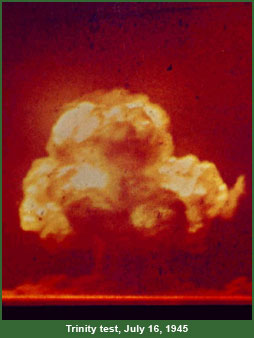
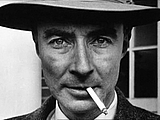
The success of this test ushered in a new era for mankind; the atomic age. However, it was not until June 27, 1954, that the Union of Socialist Soviet Republics (USSR) would open the first nuclear power station in Obninsk. Such is the power of nuclear energy. It can destroy a city in an instant or it can power large cities with electricity.
Nuclear Electrical Energy: The Benefits and How Is It Made?
Nuclear energy is actually a simplistic form of energy. All you need to do is split the atom in a reactor and this will heat water from the energy produced by the fission. Then the water turns to steam and the steam turns a turbine used to generate electricity. The hard part is obtaining the uranium or plutonium.
In most power plants, you need to turn a turbine to generate electricity. The most common power plants burn coal, oil, or natural gas. However, the major draw back to these plants is the carbon foot print it leaves (coal is extremely dirty and toxic to the environment) and the use of finite natural resources. These are not reusable resource.
Now, let us look at nuclear energy. Nuclear power occurs when a neutron hits a larger atom forcing it to split into two (2) smaller atoms. This is a process called fission. The “Gadget” detonated on July 16, 1945 operated on the same scientific principle. (This is not to be confused with fusion which is the process of two (2) atoms coming together to form a heavier atom. This is the same process that powers the sun.) What makes the nuclear power plant unique from other conventional plants? Nuclear power plants do not release carbon or pollutants like nitrogen and sulfur oxides into the air.
There are other benefits to nuclear energy. Such as:
- By being carbon free, nuclear energy fights climate change.
- Nuclear energy is very reliable.
- Nuclear energy helps developing nations meet developmental goals by providing electricity and saving their fragile environments.
- Nuclear energy can power space exploration, sterilizes medical equipment, provides portable water through desalination, and supplies radioisotopes for cancer treatment.
- List provided by Nuclear Energy Institute.
Now, what are the risks of nuclear energy? It is best to use examples to explain these risks. Since the first nuclear reactor was opened in the USSR in 1954, there has only been three (3) “major” nuclear accidents (“major” meaning that which brought us to a nuclear meltdown). Each accident had its own story, its own degree of harm, and yet only one had a tragic outcome.
Nuclear Energy: The Risks as Told By Three Accidents
Three Mile Island
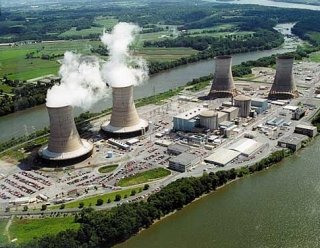
The Three Mile Island (TMI) Nuclear Power Plant was built in 1974. It was constructed on a sandbar located in Pennsylvania’s Susquehanna River, just 10 miles from the state capital of Harrisburg. On March 28, 1979, a pressure valve in the unit-2 reactor failed to close. Water began to leak and emergency cooling pumps automatically went into operation.
If safety devices were left to work properly, a larger crisis could have been averted. However, human operators inside the control room misread confusing and contradictory readings and shut off the emergency water system. The reactor was also shut down. However, the residual heat from the fission process was still being released. By the early morning hours of March 28, 1979, the core had heated to over 4,000 degrees. It only takes 5,000 degrees to cause a meltdown.
Plant operators struggled to define what was happening. Contaminated water began releasing radioactive gases throughout the plant. However, the radiation levels were not life threatening but extremely dangerous. Soon after 8:00 a.m. word of the accident was leaked to the outside world.
Governor Dick Thornburgh considered calling for an evacuation of the surrounding area. However, shortly after 8:00 p.m. operators began to get water moving through the core of the reactor. The pressure and temperature began to drop. It appeared the crisis was over and a nuclear meltdown was averted.
However, on March 30, workers discovered a bubble of flammable hydrogen gas within the reactor building. This bubble was created two days prior, on March 28. Governor Thornburgh advised pregnant women and pre-school age children living within a five (5) mile radius to leave the area.
On April 1, President Jimmy Carter inspected the nuclear power plant. President Carter studied nuclear physics at Union College in New York and became a nuclear engineer. It was in the afternoon of April 1 that experts agreed the hydrogen bubble was not in danger of exploding. Slowly, the engineers bled the hydrogen from the system and the reactor cooled. A huge crisis was averted.
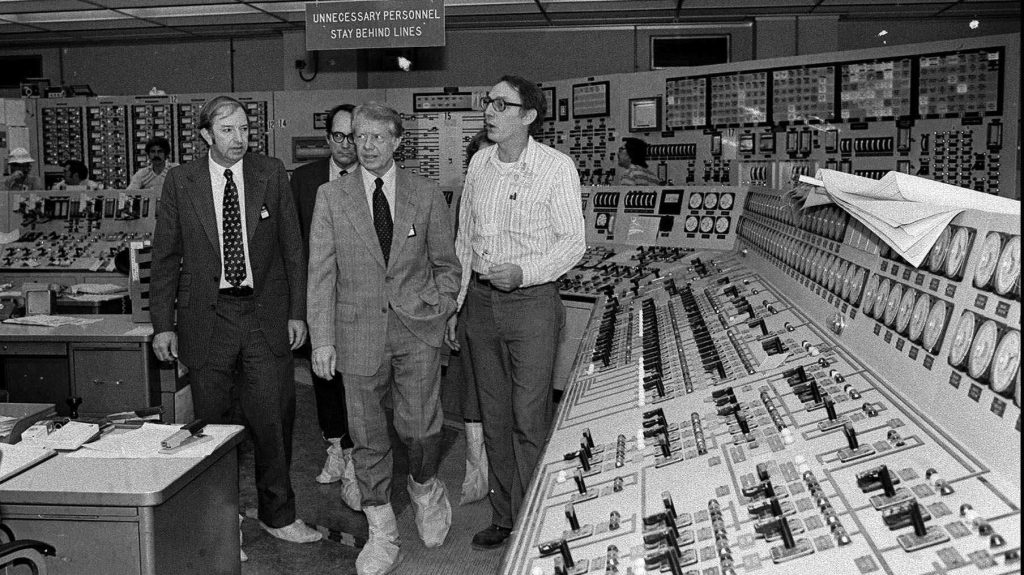
No deaths occurred as a result of Three Mile Island Nuclear Accident. No explosion or meltdown occurred. What occurred eroded the public’s faith in nuclear power.
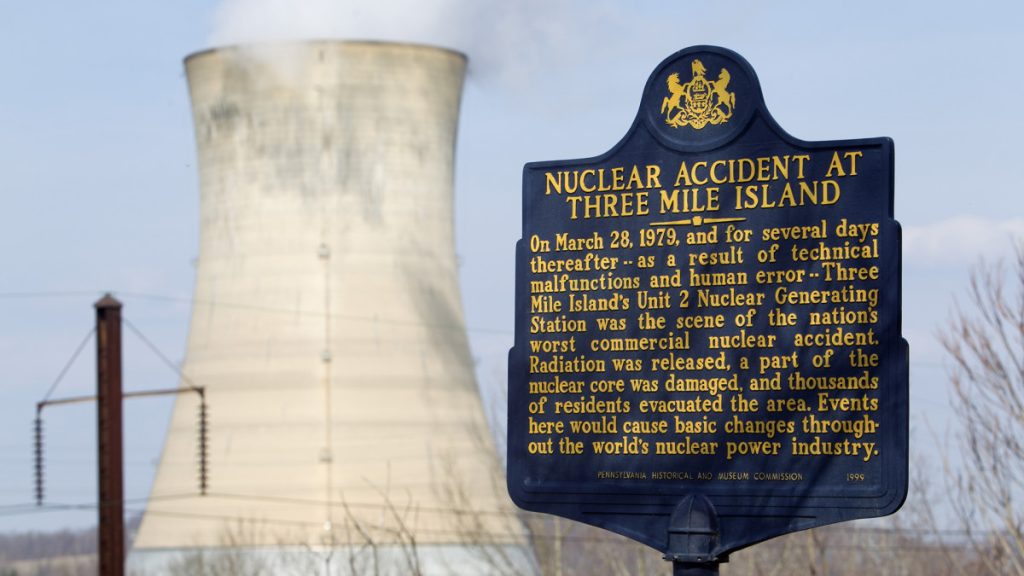
The Chernobyl Nuclear Disaster
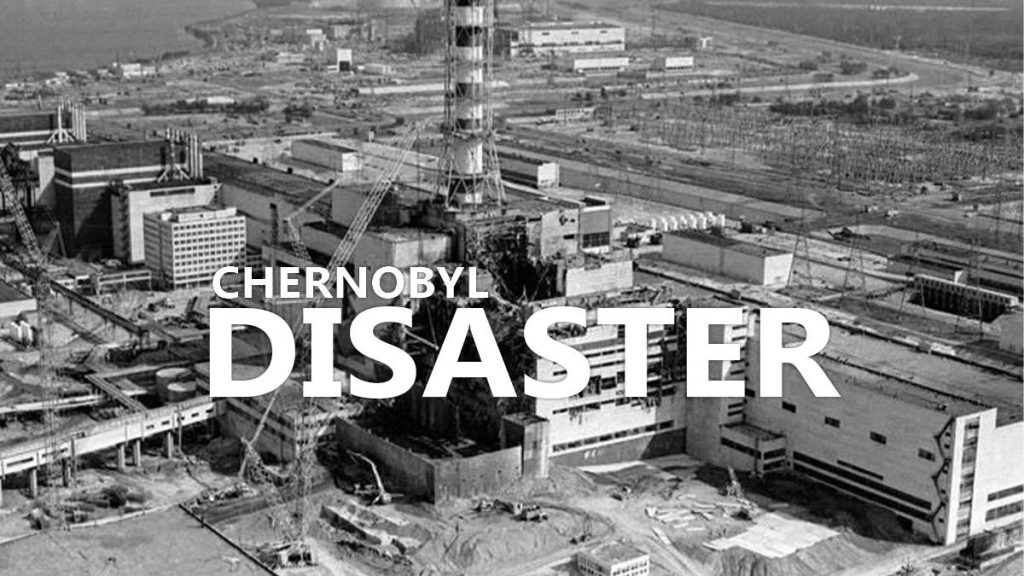
On the night of April 25, 1986, an explosion occurred at the Chernobyl Nuclear Power located in Ukraine, which was then the Ukrainian Soviet Socialist Republic (one of fifteen Republics which made up the Union of Soviet Socialist Republics {USSR}). Within three (3) kilometers from the burning reactor was a town called Pripyat. The town was built soon after the completion of the nuclear power plant and had approximately 49,000 residents at the time.
Residents could hear and feel the explosion. Instantly, they knew something was not right and got out of their beds. Looking out of the windows from their apartments, they could see a fire in the direction of the nuclear facility. What they did not know was that two (2) workers, engineers as they were called, died instantly from the explosion. They also did not know the Chernobyl Four (4) reactor was burning out of control.
Those engineers who were asleep in their apartments were awakened by a telephone call. They were simply told, “report to work immediately.” They were not told why but they could tell from the explosion something was wrong at Chernobyl. Engineers who were already working at Chernobyl knew; a disaster was in the making.
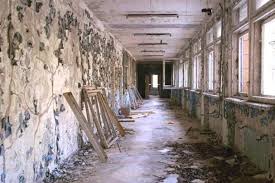
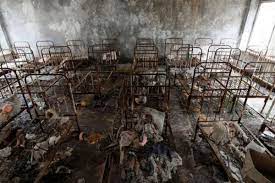
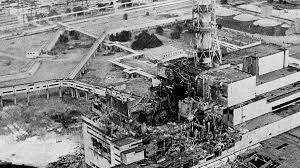
For most of April 26, everyone attempted to downplay the extent of the explosion and the inability to contain the disaster as temperatures in the reactor core continued to rise. The Soviet authorities in Moscow attempted to cover up the catastrophe. Finally on April 27, the 30,000 residents of Pripyat was told to pack up what they could because they had to leave. They were never told the reason for the move. However, many knew the reactor was in serious distress and radiation levels were reaching uninhabitable levels. Days later, high levels of radiation had been detected in Scandinavia and the secret could no longer be kept from the rest of the world.
The most troubling aspect of this disaster was the cover up Moscow undertook. They continued to spread word that the radiation levels were contained and the reactor had been cooled. Moscow insisted that the May 1 celebration of May Day, the worker’s festival continue. They insisted that Kiev, in direct line of the radiation fallout, continue with their parades. Those who believed Moscow and celebrated in the streets put themselves at extreme risk of radiation poisoning.
Within three (3) months of the accident, 30 operators (including firemen) died as a result of the Chernobyl disaster. It took until October of 1986 to close the reactor in a concrete shelter (still emitting radiation). They enclosed Reactor 4 to allow the other three (3) reactors to continue to provide power.
From the the 2006 report of the UN Chernobyl Forum’s ‘Health’ Expert Group: “The actual number of deaths caused by this accident is unlikely ever to be precisely known.” But what we know is certain, in less than four (4) years, the U.S.S.R. would no longer exist. It would perish under its own man made drama and lies.
The Fukushima Accident
On March 11, 2011, almost 32 years after the Three Mile Island accident, Japan suffered the unimaginable. On this date, at approximately 2:46 p.m. Japan was overcome by an earthquake, which is now called “The Great East Japan Earthquake.” The earthquake was a magnitude of 9.0 and was a rare event. The earthquake was said to be a “double quake” and lasted an unprecedented three (3) minutes. The earthquake was centered 130 km off shore near the city of Sendai in Miyagi on the eastern coast of Honshu Island, Japan’s mainland.
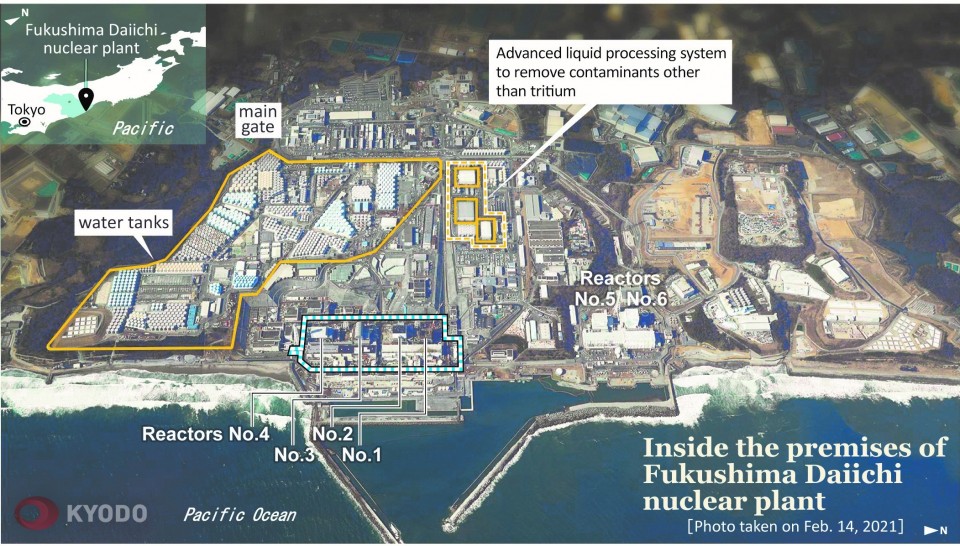
Although the quake was rare and did extensive damage in the region, the large tsunami it caused created a nightmare. The tsunami caused the deaths of approximately 19,500 people. All in all, over a million buildings were destroyed or partially collapsed.
According to the World Nuclear Association (WNA), it appeared that no serious damage was done to the reactors by the earthquake. At 3:42 pm, 41 minutes later the first tsunami wave hit, followed by a second 8 minutes later. A nuclear emergency was declared at 7:03 p.m. Approximately two (2) hours later, at 8:05 p.m., an evacuation order was issued by the Fukushima prefecture for people within 2 km of the plant. This was later extended by the prime minister to 3 km. The next day, at 5:44 a.m., the evacuation order was extended to 10 km. The prime minister visited the plant soon after and extended the evacuation to 20 km.
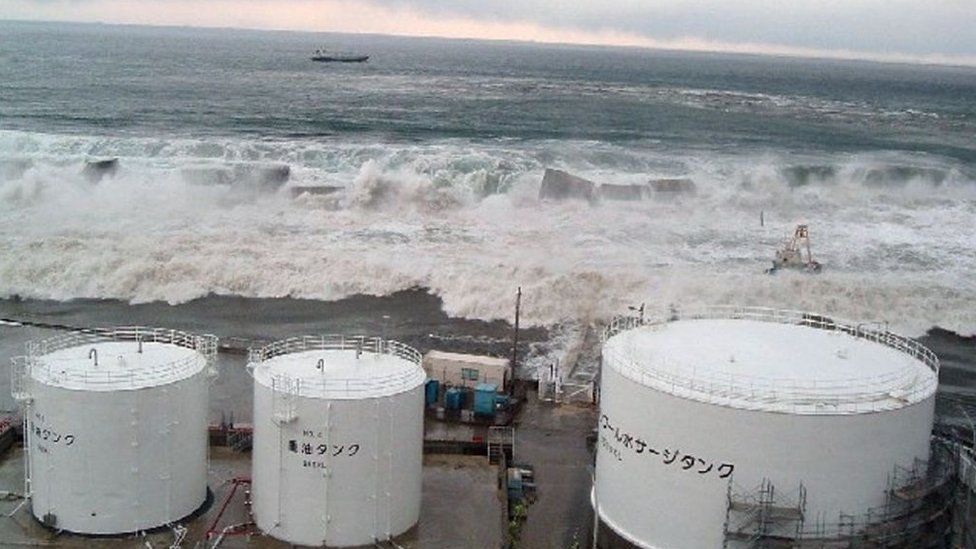
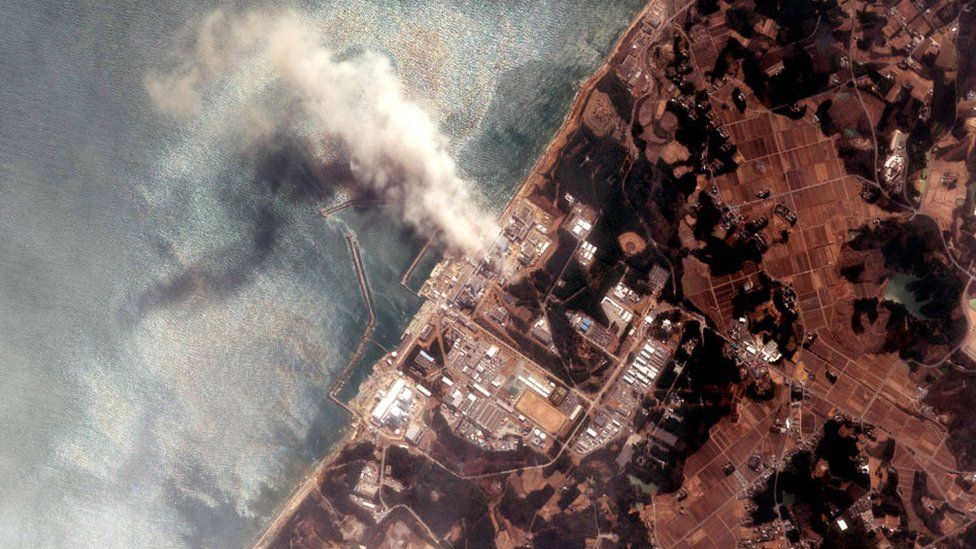
* photos from the BBC.
Many blamed the lack of preparedness by the plant workers for the event. An independent investigation by the Japanese Parliament determined that Fukushima was a “profoundly man-made disaster.” It pointed blame to the company, Tokyo Electric Power (Tepco), for failing to meet safety requirements and predicting such an event.
Indeed, Fukushima was a rare, teaching, occurrence. As previously stated, over 19,500 residents perished as a result from the tsunami wave and many had to be displaced. However, not one death was attributed to radiation poisoning. Soon after the accident, Japan closed all nuclear power facilities and returned to coal as the main source of power. Today, Japan has an tremendous increase in air pollution which causes thousands of deaths each year.
Where Do We Go From Here?
In investigating the material for this post, I came to the following conclusion. Technology of yesterday is never the same as today; hence the reason we call it technology. Anyway, the nuclear power plants cited in this post are “old” technology. Just like everything else, we have evolved when it comes to nuclear and nuclear energy. There is one constant with nuclear power. Unlike wind and solar, nuclear power is the only reusable energy source that does not rely on the weather and produces carbon-free electricity around the clock. So, lets talk about some of this new technology.
France
France has made a strategic decision to invest $1.13 billion on nuclear power by 2030. France’s focus is on smaller module reactors (or SMRs) to replace parts of the existing reactors. Nuclear energy provides approximately 70% of the country’s electricity.
The European Union and the Netherlands
A new coalition government in the Netherlands had decided to use nuclear energy as a “complement” to solar, wind, and geothermal energy in the country’s low carbon energy mix. Meanwhile, the Dutch will build two new reactors costing $556 million. In a bold move, the European Union has decided to classify nuclear energy as a “green” energy source. The purpose for this, “to facilitate the transition toward a predominately renewable based future.”
China
China has decided to become aggressive with its nuclear program. According to the Wall Street Journal (January 8/9, 2022), “China intends to build more than 150 nuclear reactors in the next 15 years and will surpass the U.S. as the world’s largest generator of nuclear power within five years.” China is working on moving away from plutonium and uranium and is attempting to create the first molten-salt reactor that uses thorium as fuel. In 2015, Microsoft founder, Bill Gates jumped on the thorium train and founded TerraPower, a nuclear energy company that relies on thorium for fuel.
The Aftermath
After Oppenheimer detonated “the Gadget,” he was asked what he and his fellow scientists believed they had accomplished. Oppenheimer said the following. “We knew the world would not be the same. A few people laughed, a few people cried, most people were silent. I remembered the line from the Hindu scripture the Bhagavad Gita, ‘Now I am become Death, the destroyer of worlds.’ I supposed we all felt that, one way or another.”
Fear of a nuclear disaster is real and completely justifiable. However, since Oppenheimer detonated “the Gadget,” breakthroughs have been and continue to be made in nuclear technology. The possibility of a carbon free environment is drawing near. We cannot continue to be afraid of this new technology because of past accidents.
Leave a Reply